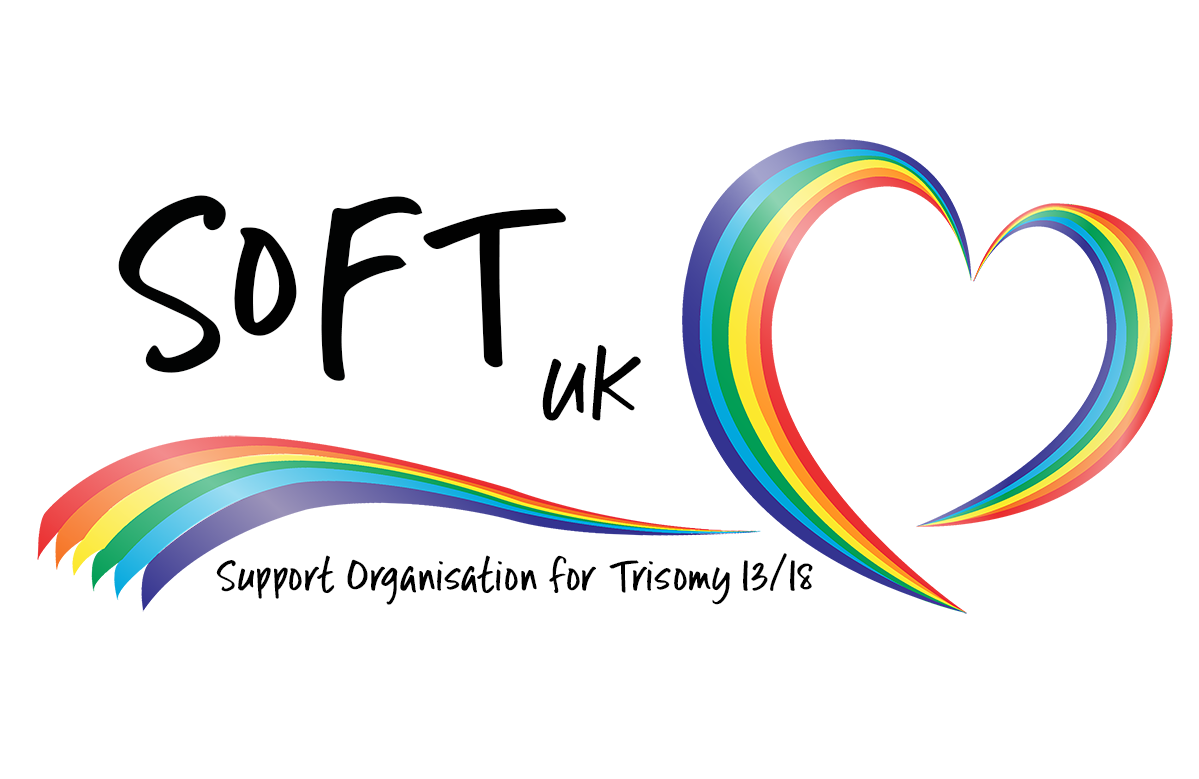What Is Trisomy 18
What is Trisomy 18?
Understanding the Basics
Trisomy 18, also known as Edwards syndrome, is a genetic condition caused by the presence of an extra 18th chromosome. Normally, humans have 23 pairs of chromosomes, making a total of 46. In individuals with Trisomy 18, there are three copies of chromosome 18 instead of the usual two, resulting in 47 chromosomes.
Causes
Trisomy 18 is typically not inherited but occurs as a random event during the formation of reproductive cells (eggs and sperm). The extra chromosome is due to an error in cell division called nondisjunction, where the chromosome pairs fail to separate properly. This results in a reproductive cell with an extra chromosome, which, when combined with a normal cell from the other parent, leads to a total of 47 chromosomes.
Types of Trisomy 18
Full Trisomy 18: Every cell in the body has an extra 18th chromosome. This is the most common form.
Mosaic Trisomy 18: Some cells have the extra chromosome while others do not. This can lead to a less severe form of the condition.
Partial Trisomy 18: Only a part of the extra chromosome is present in the cells. This is very rare.
Symptoms
Trisomy 18 is associated with a range of specific physical features. It is unlikely that a baby would be born with ALL the complications, but more common they would have several indicators from the list that would point to a Trisomy 18 diagnosis:
prominence of the rear of the head
short eyelid fissures
small mouth and jaw
external ear variations
clenched fist with overlapping fingers
underdeveloped thumbs
short breastbone
club feet
extra skin at the rear of the neck
cleft lip and/or palate
Trisomy 18 is also associated with some specific medical complications:
Approximately 90% of children will have a congenital heart defect
Feeding difficulties
Apnoea or epilepsy
Scoliosis
Diagnosis
Trisomy 18 can be diagnosed before birth through prenatal testing such as:
Non-Invasive Prenatal Testing (NIPT): A blood test offered to women who have a higher chance result following previous screening tests. This is a non-diagnostic test.
Ultrasound: May detect physical anomalies.
Amniocentesis: Involves taking a sample of amniotic fluid to examine the chromosomes.
Chorionic Villus Sampling (CVS): Involves taking a sample of placental tissue to analyze the chromosomes.
After birth, diagnosis is confirmed through a chromosomal analysis called a karyotype, which can identify the presence of the extra chromosome.
Prognosis
The prognosis for children with Trisomy 18 is often poor. Many infants with this condition are stillborn or die within the first few weeks or months of life. However, some children can survive longer with appropriate medical care and support.
All children are unique and will react differently, with some being affected more severely than others. It is important to note that a diagnosis of Trisomy 18 does not mean your child will not survive. To find out more about children from our community who are living with Trisomy 18, visit our family stories here: https://www.soft.org.uk/living-with-trisomy
Support and Management
There is no cure for Trisomy 18, and treatment focuses on managing symptoms and providing supportive care. This may include:
Medical Management: Addressing heart defects, feeding issues, and other medical complications.
Therapies: Physical, occupational, and speech therapies to help with developmental delays.
Palliative Care: For children with severe symptoms, palliative care can provide comfort and improve quality of life.
Support for Families
Receiving a diagnosis of Trisomy 18 can be overwhelming for families. It's important to seek support from healthcare providers, genetic counselors, and support groups. Connecting with other families who have children with Trisomy 18 can provide valuable emotional support and practical advice.
